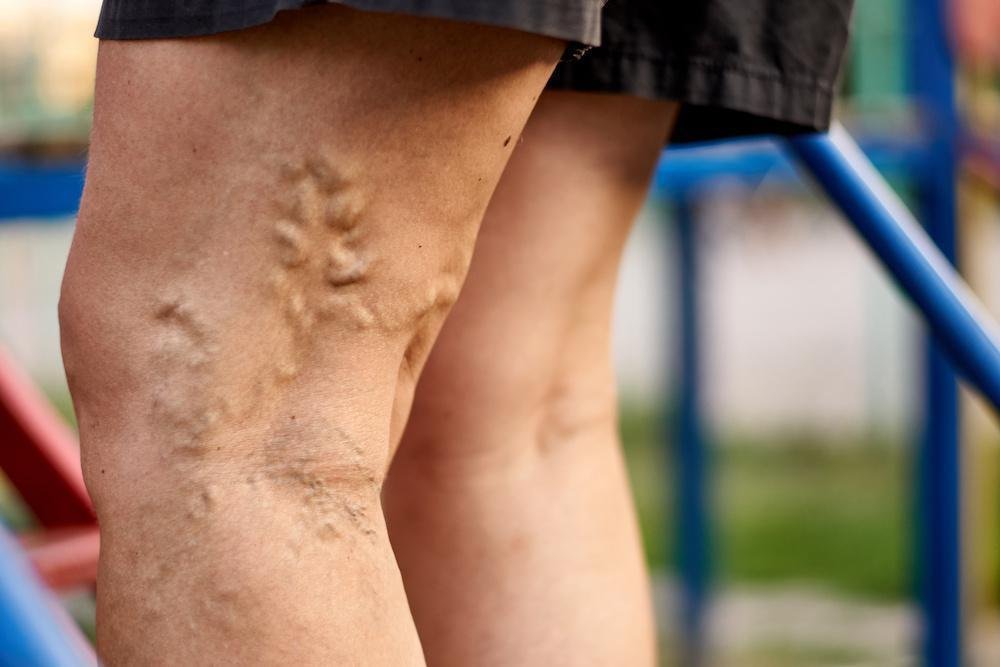Millions of individuals worldwide are impacted by varicose veins, which cause physical discomfort and alter the visual attractiveness of legs. Thankfully, progress in medical technology has resulted in the creation of minimally invasive procedures that successfully treat varicose veins without requiring traditional surgery. These methods provide various advantages and are becoming more favored by patients and medical professionals.
What Is Varicose Veins?
Varicose veins are enlarged, twisted veins that usually appear in the legs and can cause symptoms such as pain, swelling, heaviness, and itching. They occur when valves in the veins malfunction, causing blood to pool and the veins to swell.
Benefits of Minimally Invasive Treatments:
Compared to traditional surgical stripping, minimally invasive procedures for varicose veins offer numerous advantages:
- Faster Recovery: Get back to your normal activities quicker, typically within a day or two.
- Reduced Scarring: These procedures leave minimal or even no visible scars.
- Local Anesthesia: General anesthesia is usually not required, minimizing risks and recovery time.
- Less Pain: Patients experience significantly less discomfort during and after the procedure.
Types of Minimally Invasive Treatments:
1. Endovenous Laser Therapy (EVLT)
Endovenous Laser Therapy (EVLT) is a popular treatment that uses laser energy to heat and seal off varicose veins. This procedure is performed under local anesthesia and involves inserting a thin laser fiber into the affected vein. The laser energy heats the vein, causing it to close and eventually be absorbed by the body.
2. Radiofrequency Ablation (RFA)
Radiofrequency Ablation (RFA) uses radiofrequency energy to heat and seal varicose veins. Similar to EVLT, RFA is performed under local anesthesia and involves inserting a catheter into the vein to deliver the energy. The heat causes the vein to collapse and seal shut.
3. Sclerotherapy
Sclerotherapy involves injecting a solution directly into the varicose veins, causing them to scar and close. Over time, the treated veins fade away. This procedure is particularly effective for smaller varicose veins and spider veins.
4. VenaSeal
VenaSeal is a newer technique that uses a medical adhesive to seal varicose veins. A small catheter is used to deliver the adhesive into the vein, closing it off. VenaSeal offers immediate results with minimal discomfort and no need for compression stockings post-procedure.
Choosing the Right Treatment:
Choosing the right treatment for varicose veins involves a thoughtful assessment of several crucial factors. Your decision should be guided by the severity of your condition, the range of treatment options available, your personal preferences, and your long-term health goals.
By taking into account the severity of your condition, available treatment options, personal preferences, and long-term health goals, you can confidently choose the right treatment for your varicose veins. Consult with Dr. Ashank Bansal to explore your options and embark on a journey towards improved vein health and overall well-being.
Conclusion:
Minimally invasive treatments for varicose veins are a remarkable advancement in medical care, delivering effective relief from symptoms with minimal downtime and excellent cosmetic results. Whether you experience mild discomfort or more severe symptoms, these modern procedures offer safe and efficient solutions. Consult with a qualified healthcare provider to determine the best minimally invasive treatment option tailored to your needs, ensuring healthier, more comfortable legs.
For expert consultation and treatment options in managing varicose veins, contact Dr. Ashank Bansal at his practice in Mumbai. Discover how our advanced techniques can relieve and enhance your quality of life.

